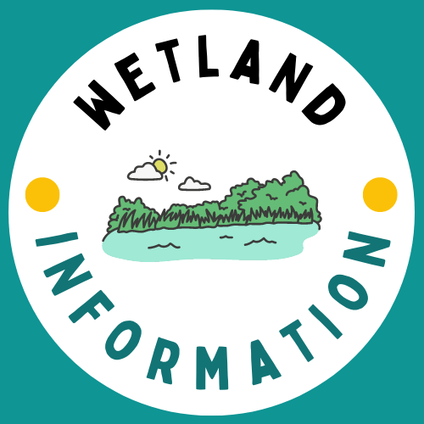|
Authored by Rebecca Rooney, November 7th 2022 New to The Ontario Wetland Evaluation System? Read this helpful primer first. Changes to OWES related to Bill 23 – the proposed More Homes Built Faster Act – undermine the wetland report card in 3 key ways:
3. The OWES changes introduce “re-evaluations” so that already-evaluated Provincially Significant Wetlands can be re-classified using the new designed-to-fail OWES. OWES files have always been considered “open files” subject to updates, but some conservation authorities worry this change will put nearly all remaining wetlands on the chopping block. Don’t let our valuable wetlands be destroyed to make way for sprawling, unaffordable single-family homes. Take action to #SaveOntarioWetlands!
Learn more about the importance of small wetlands here
Authored by Rebecca Rooney, November 7th 2022 When Ontario introduced the science-based Ontario Wetland Evaluation System in 1984, it was truly pioneering. Called “OWES”, it was one of the first tools to measure the functions and values of wetlands to inform their management in North America. Ontario has remained a leader in wetland evaluations, updating OWES as new science and technologies became available.
OWES is pretty sophisticated, but the concept is simple: it’s a report card that a certified evaluator completes to grade a wetland in four “subjects”: Biological, Social, Hydrological, and Special Features.
The local Ministry of Natural Resources and Forestry office reviews the OWES report card.
Provincially Significant Wetlands are supposed to be protected and the benefits they provide to society, the economy and the environment preserved for the long-term benefit of Ontarians. Read how proposed changes to OWES will affect wetlands in Ontario here. |



